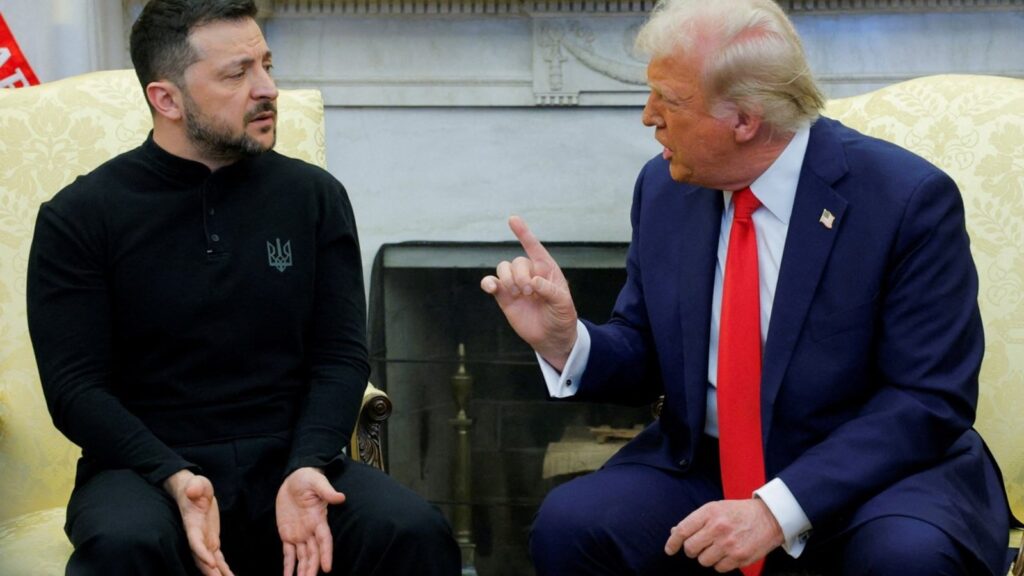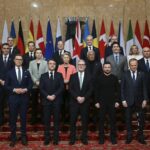Ukrainian President Volodymyr Zelensky’s choice of attire has long been emblematic of his leadership during wartime—a departure from traditional suits in favor of military-inspired clothing, symbolizing resilience and solidarity with his nation’s armed forces. However, this sartorial decision recently became a focal point during a contentious meeting with U.S. President Donald Trump in the Oval Office, potentially exacerbating diplomatic tensions.
Zelensky’s Signature Wartime Attire
Since Russia invaded Ukraine, President Zelensky has consistently appeared in public wearing olive-green military fatigues, eschewing conventional formal wear. This deliberate choice is intended to project an image of a hands-on leader deeply connected with the frontline struggles of his country. As noted by the Greek Reporter, his attire is “meant to project a certain image,” reflecting his transformation from a comedian to a wartime president.
The Oval Office Encounter
During a recent visit to the White House, Zelensky maintained his customary military-style clothing. This decision reportedly offended President Trump, who had expected a more traditional display of formal diplomacy. According to reports, officials from Trump’s entourage had requested Zelensky to wear a formal suit for the meeting, a request he declined, leading to perceived disrespect.
The meeting, initially intended to discuss further support for Ukraine and a potential minerals agreement, quickly devolved into a heated exchange. President Trump sarcastically remarked on Zelensky’s attire, saying, “Look! He’s all dressed up today.” The situation escalated when a reporter questioned Zelensky about his choice of clothing, to which he retorted that he would wear a suit “after this war is finished.”
Impact on Diplomatic Relations
The disagreement over attire, while seemingly superficial, underscored deeper diplomatic rifts. The meeting concluded abruptly, with the cancellation of joint press conferences and the signing of the anticipated minerals agreement. European leaders, including French President Emmanuel Macron and German Chancellor Olaf Scholz, strongly supported Zelensky following the incident, emphasizing the need for steadfast backing of Ukraine against Russian aggression.
Public and Media Reactions
The public’s response to Zelensky’s attire has been polarized. Some critics say Zelensky’s casual dress disrespects formal protocols. Supporters argue it symbolizes his commitment to Ukraine’s defense. During a prior Paris meeting with Donald Trump and Emmanuel Macron, Zelensky faced similar criticism, sparking social media debates on his wardrobe choices.
Conclusion
President Zelensky’s clothing choices reflect his role as a wartime leader. They have become symbols of national resilience rather than mere fashion statements. However, in international diplomacy, symbolism and perception hold significant weight. His attire can influence interpersonal dynamics and diplomatic outcomes. The recent Oval Office spat highlights how cultural expectations and personal expressions shape global politics.


